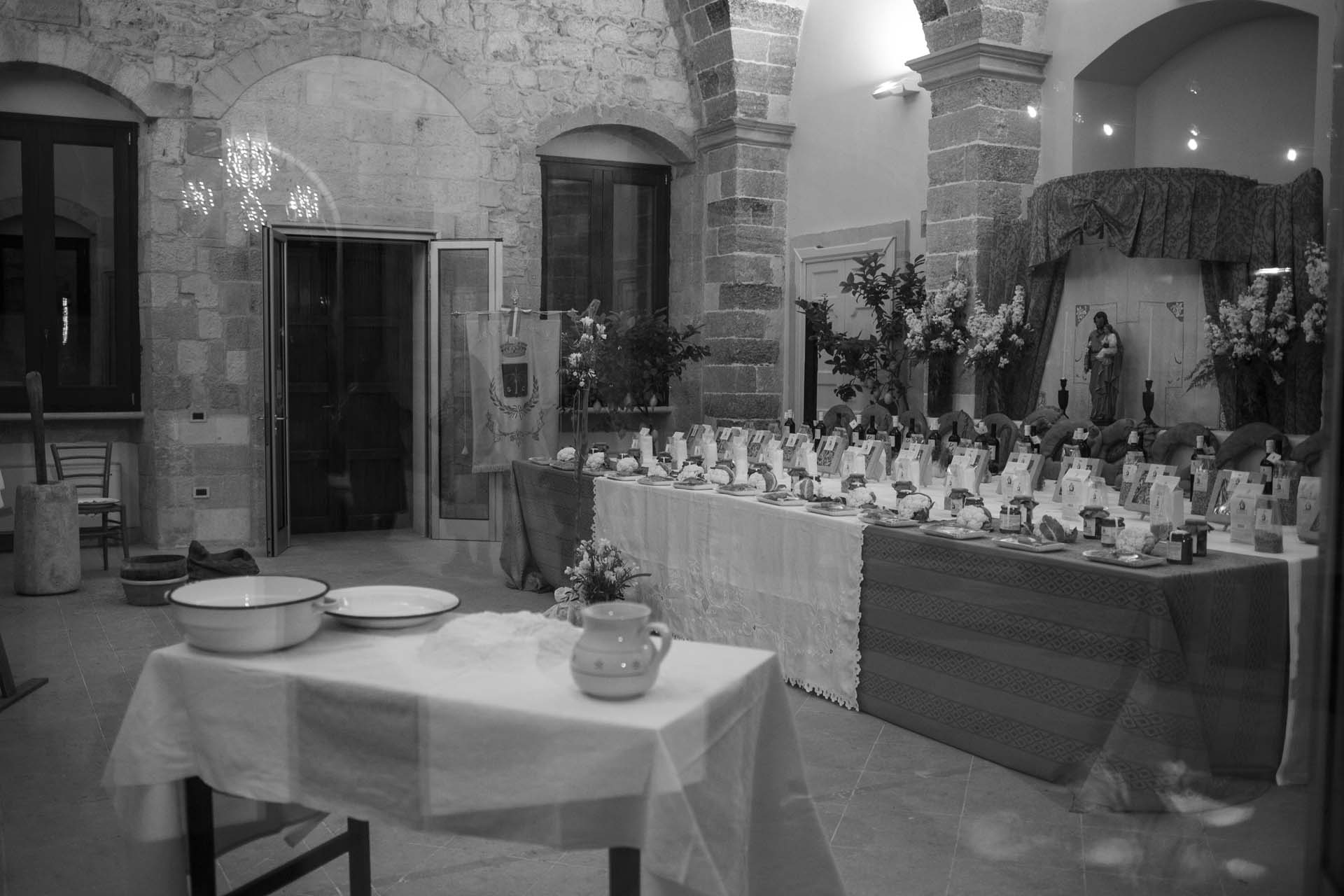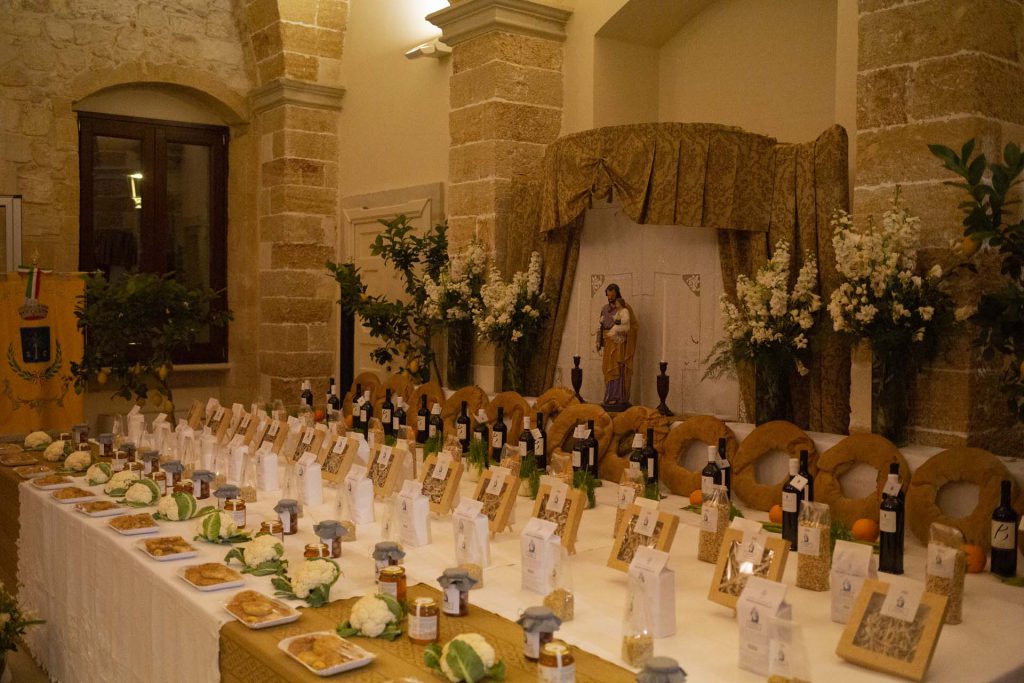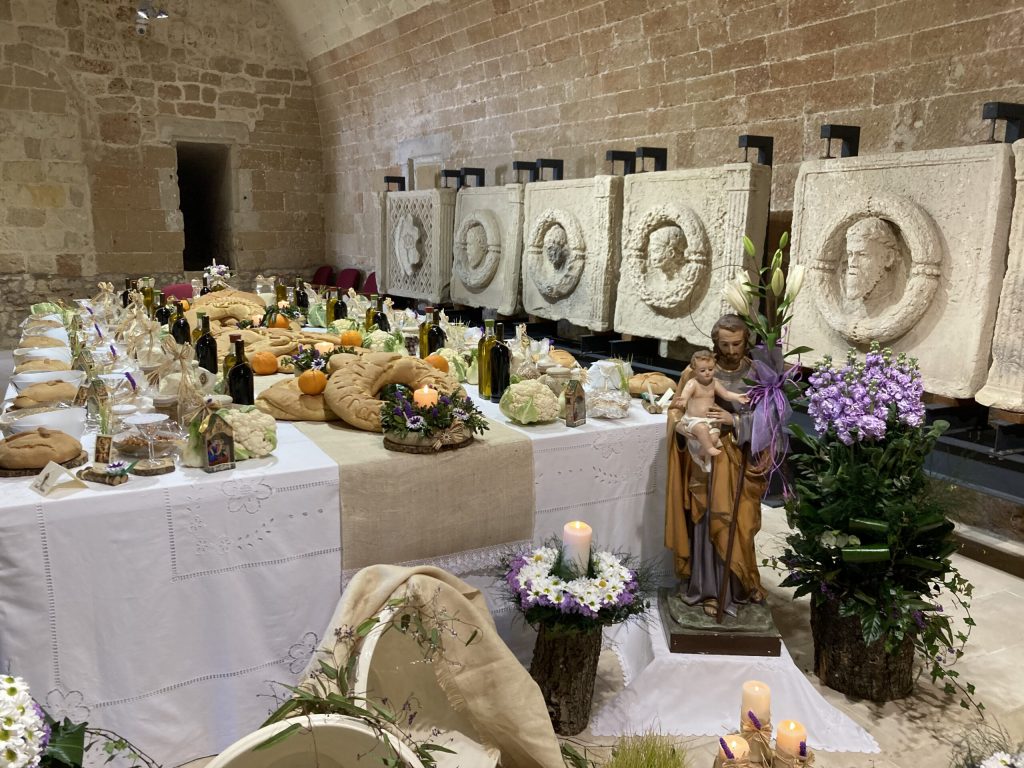Cart
5
Quantity
5,00 €
Quantity
18,00 €
Quantity
4,00 €
Quantity
6,00 €
Quantity
5,00 €
Product You May Also Like
Payment details
Sub Total
38,00 €
Shipping
Free!
Total
38,00 €
Apply

 Sagnette Pasta
Sagnette Pasta
 Nula
Nula
 Hot Pepper Taralli
Hot Pepper Taralli
 Olio d'Oliva E.V. 100 cl
Olio d'Oliva E.V. 100 cl
 Orecchiette Pasta
Orecchiette Pasta






















Leave a comment